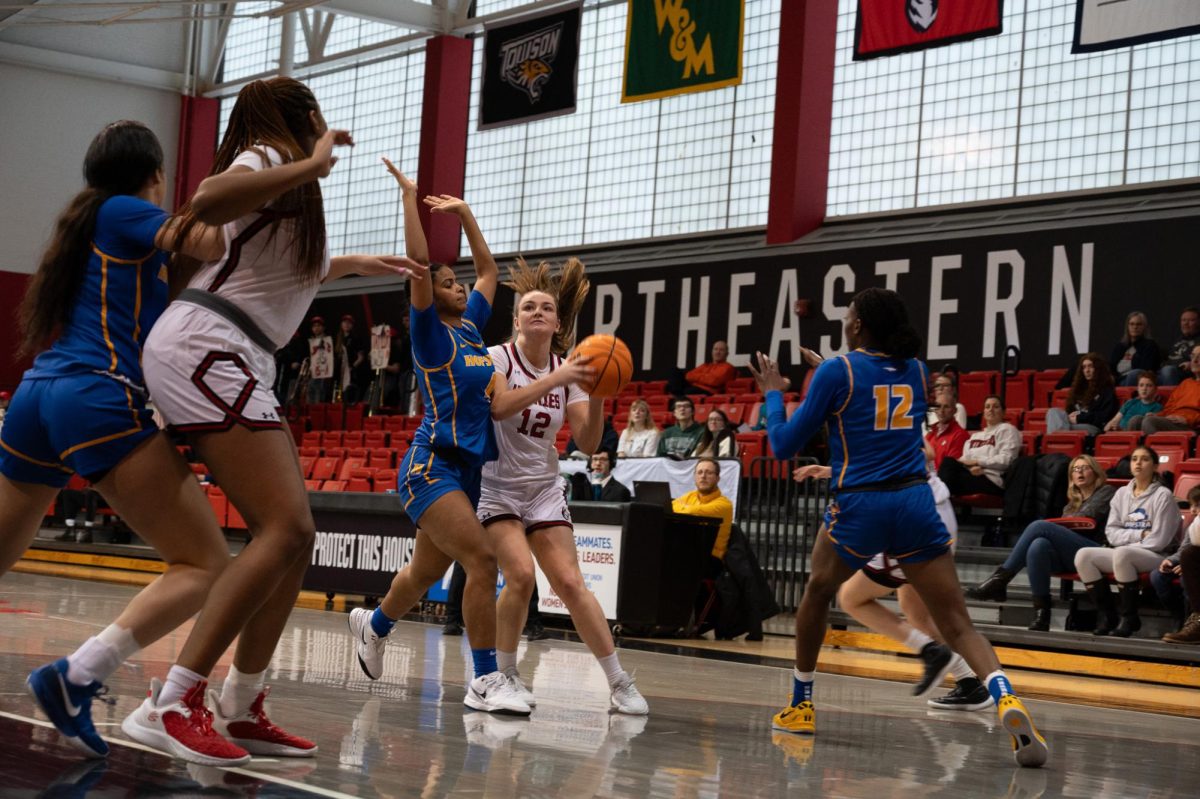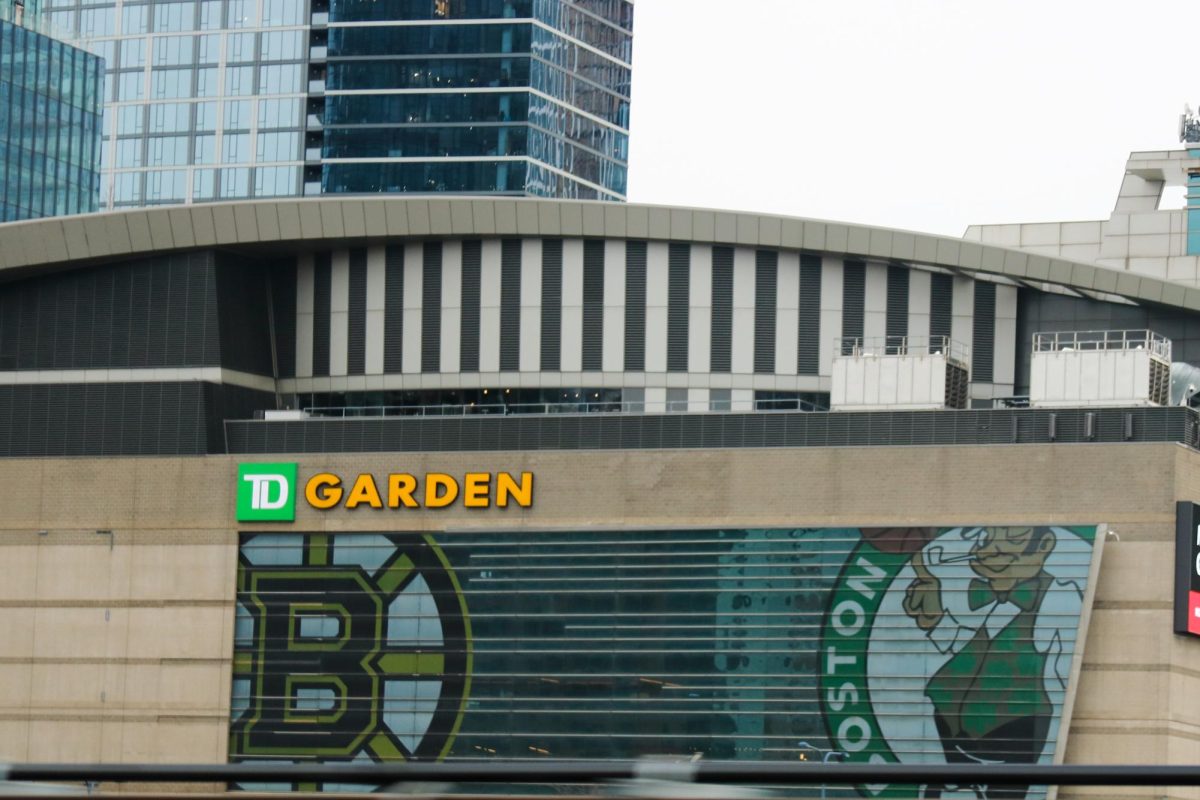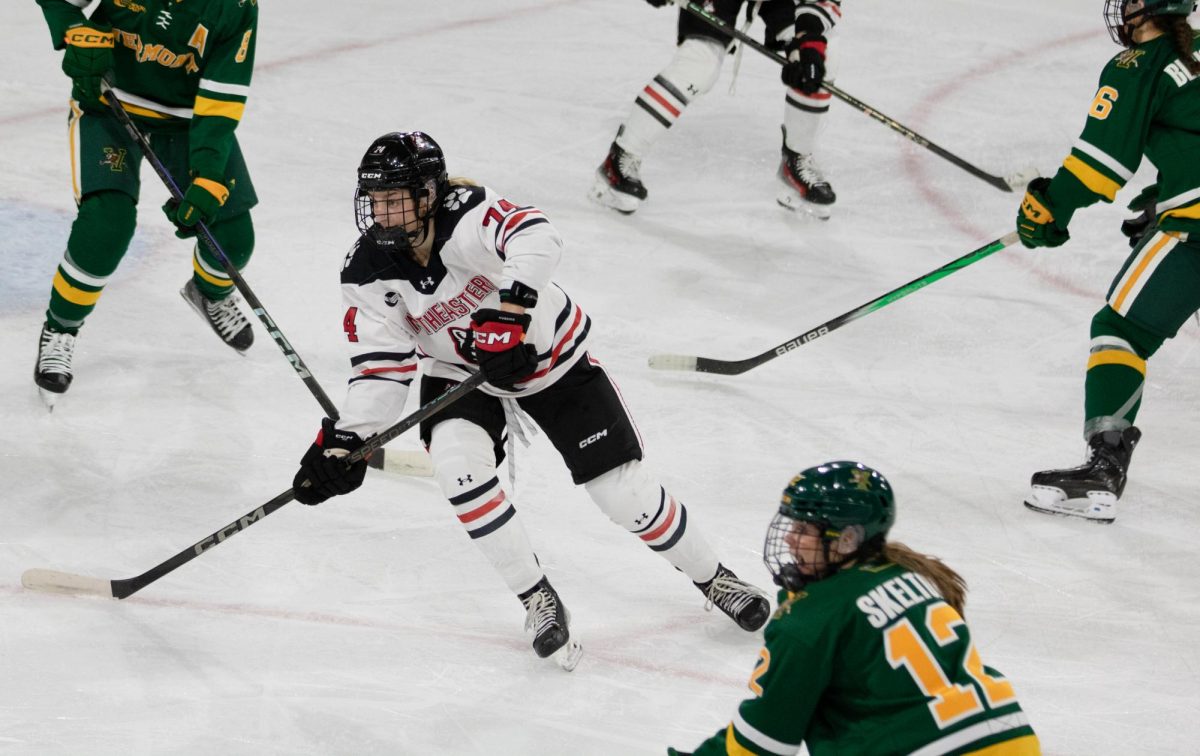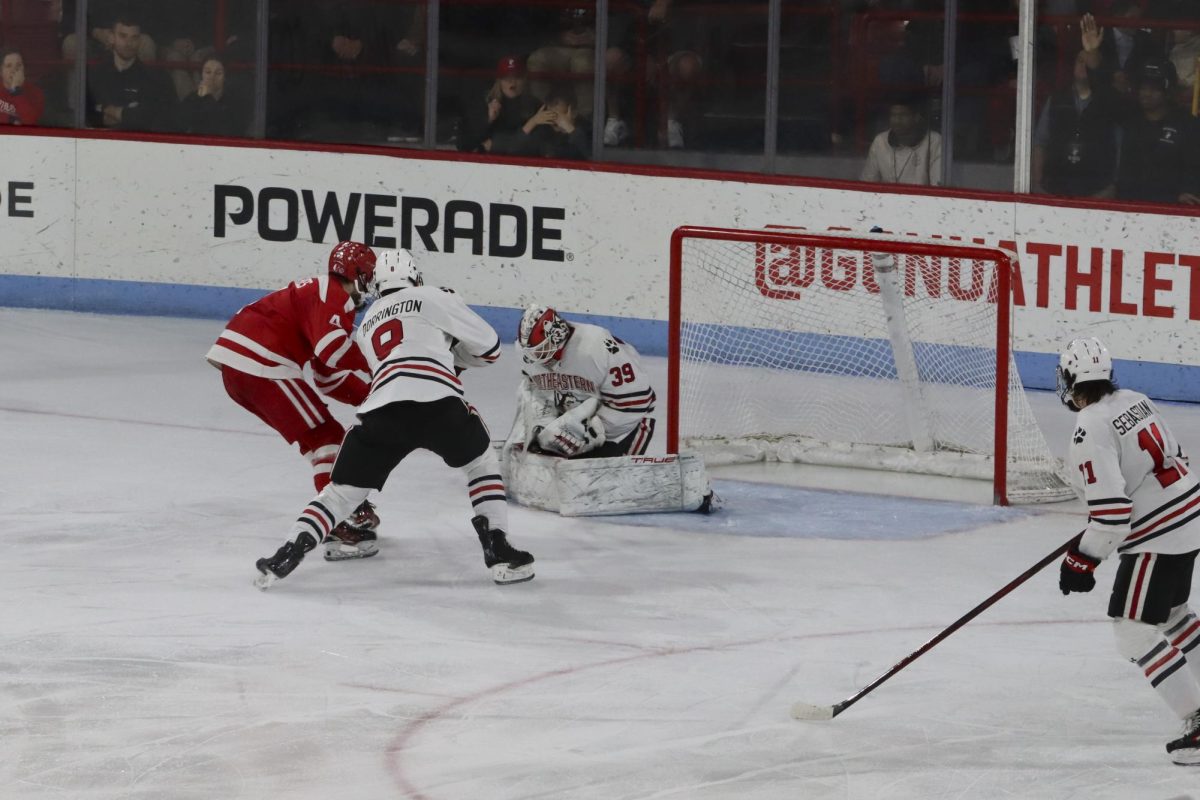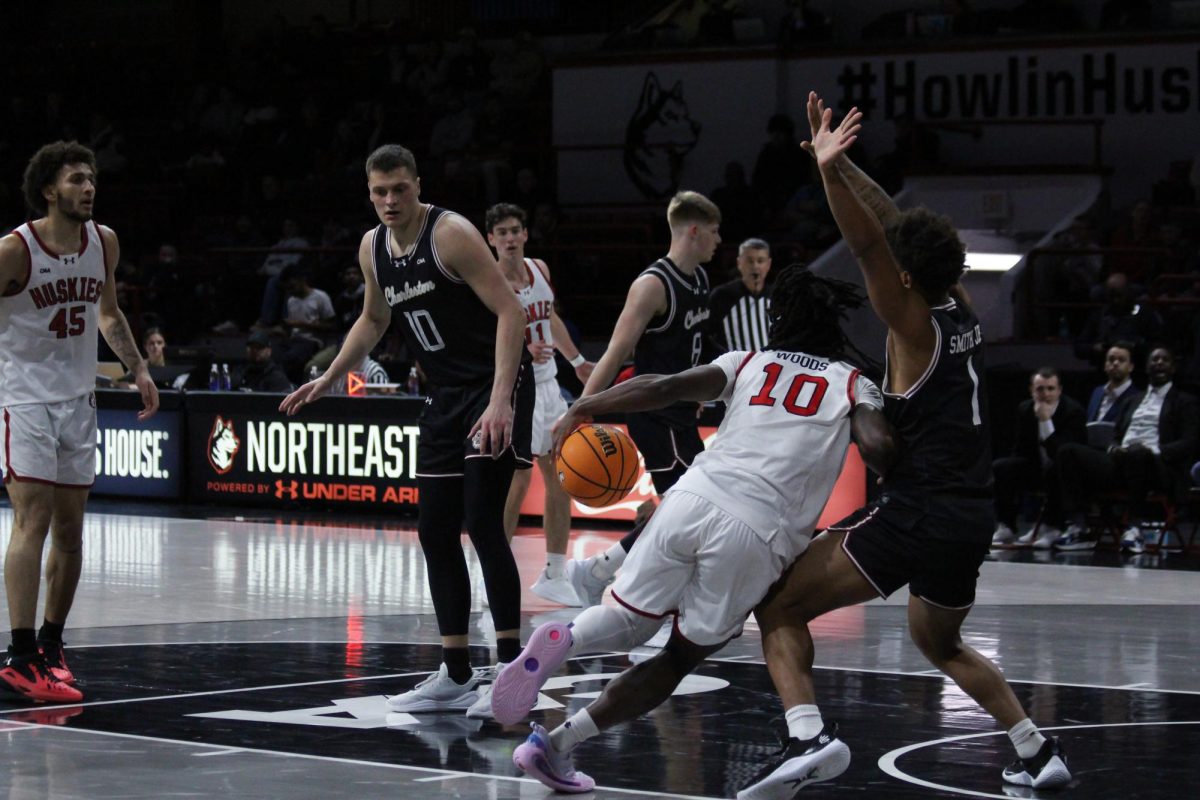The expression goes “Beware of the Ides of March,” but it might be better to heed the warning “Beware of Pride in March.” It’s a humbling month if you’re a sports fan – don’t make it harder on yourself by actually thinking you know what you’re doing. Having a sports column doesn’t make you Paul the Octopus and I will be the first person to acknowledge that. I won’t bore you with my half-baked prognostication. I had Wichita State and Belmont in my Sweet Sixteen. What can I say, I fall for the underdogs… hard.
I fill out a bracket every year, much like everyone else, but even with $10 or draft order in my fantasy football league on the line (my football commissioner is a creative and cruel man), I will always root for the underdog, no matter the implications on my bracket. This year’s bracket might be one of the ugliest ones I’ve ever assembled, and yet I still have a shot at winning my pool. It’s been that kind of March.
While watching No. 15 seeds Norfolk State and Lehigh knock off No. 2’s Missouri and Duke, I spent the entire game cheering on the lowly No. 15’s, only to realize at the end of the game that I had Mizzou in the Final Four and Duke in the Elite Eight. Aptly named, March Madness creates a fairytale zeitgeist in which we embrace the upsets that contradict what we have down on paper. If you let it, it will get the best of you.
This being my second March Madness while on co-op, I knew what to expect – “unofficial” office pools, brackets on cubicle corkboards and late afternoon water cooler discussions about which mid-major was going to make a run. In the office, March Madness is a productivity killer, a rare event capable of catching the attention of fresh hirees and Gladys from accounting. With all the hooplas (pun), it’s hard to tell whether you are in line with everyone else’s level of distraction, or if your painted chest and foam finger make you stick out of your cubicle like a sore thumb.
I didn’t hesitate to pony up the $4 so I could watch all 2,560 minutes of madness unfold, despite the fact that in the past, online streaming was free. The value of the NCAA’s product is clear even on my 15-inch desktop screen, and being “the guy with live video of the games on his computer” has made me popular around the office. The ability to watch every game anywhere on my laptop proved particularly convenient when my off-campus apartment was powerless for the better half of last week.
This inexpensive accessibility to their product demonstrates what separates the NCAA Division I Basketball Tournament from every other major sporting event is that the organizers get it: They understand their fans.
This connection is perhaps best illustrated by the online coverage, specifically on NCAA.com Gamecenter’s “Boss Button” feature. They know you are watching the early round afternoon games at your desk instead of working. At the very least, everyone who fills out a bracket at bare minimum periodically checks the scores online. It would be bad for business if people got into trouble for it. With the click of a button, the Gamecenter is replaced by an imitation Microsoft Outlook pane, complete with mock emails from the CMO (Chief Madness Officer). It is the kind of marriage of technology and sports you would expect to see goofy grown men fantasizing about in a light beer commercial.
If this sounds like a plug for the NCAA’s coverage of the event, I’m sorry, but the browser is just that awesome. It made me almost okay with being at work Thursday and Friday instead of calling in sick. While my bracket looks like it was used to clean someone’s wound, I’m going to have to prematurely declare this a successful March Madness, mostly because I still have my job. Thanks, Gamecenter.
But beyond enabling office inefficiency and providing unparalleled sports entertainment, fans respond to March Madness because it appoints a true champion. There is no truer sports meritocracy than a field of 64 teams (ignoring the play-ins), each just six wins away from the national championship. While Selection Sunday may leave a few fringe teams disappointed, the tournament style is far better than college football’s BCS sysem.
The NCAA manages connect with the fans by, well … acting like fans. Once the bracket is set, the NCAA’s organizers/commentators/marketers embrace – and promotes the hell out of – any underdog sub-plots that emerge as the tournament halves its teams round by round.
The front office executives in the NFL, NBA and MLB fear championship matchups featuring small market underdog squads because they assume they won’t hold the nation’s attention the same way teams from Los Angeles, New York City, Boston and Chicago might. Do you think the MLB really wanted the Rays to take the AL wild-card spot from the Sox this past season? The 2010 Men’s championship game had perennial power Duke face mid-major Butler, from the Horizon League, and it was the highest rated Men’s NCAA Div. I Championship game of the last 10 years.
Say what you will about the officiating in the No. 1 Syracuse vs. No. 16 UNC Asheville game, and the fact that Kentucky is essentially playing two home games at the KFC Yum! Center en route to the Sweet Sixteen. If there are no other takeaways from this year’s March Madness, it’s that the competition has never been better and NCAA understands its fans and the cultural phenomenon they’ve created.
– Dylan Lewis can be reached at [email protected]



